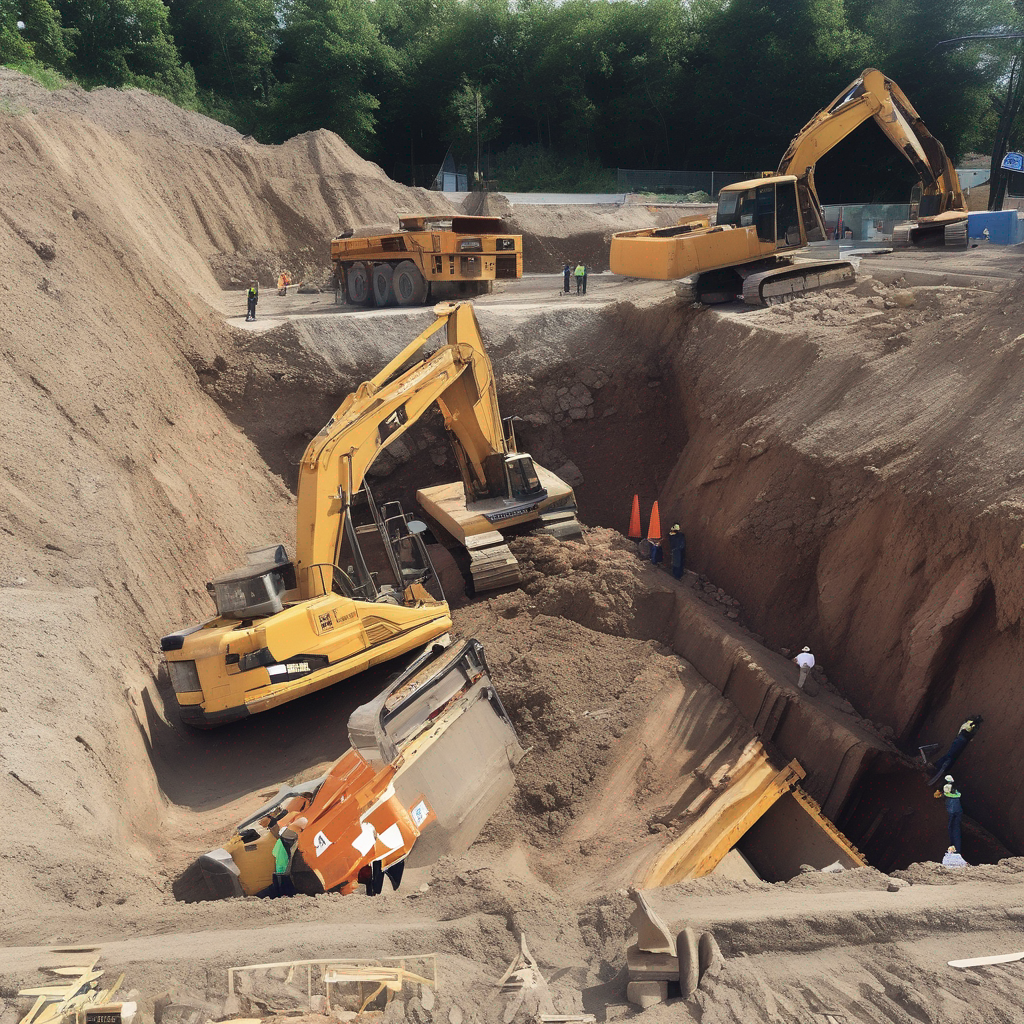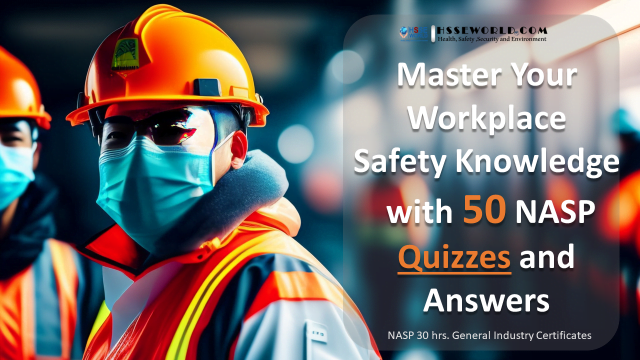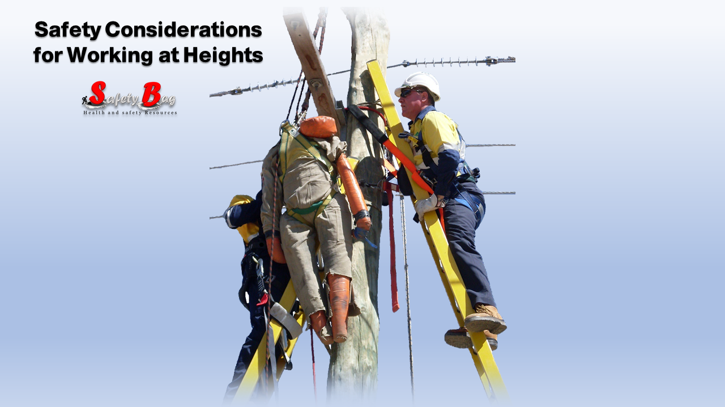Grinding machines are powerful tools that are widely used in the manufacturing industry for various applications such as grinding, polishing, and cutting. These machines are capable of producing high-quality finishes on a wide range of materials, including metals, plastics, and ceramics. However, as with any industrial equipment, there are risks associated with the use of grinding machines, and it is important to take appropriate safety measures to ensure safe operation. This article will discuss the safe operation and inspection of grinding machines.
Also Read: Tool Box Talk: Hand Grinder Safety
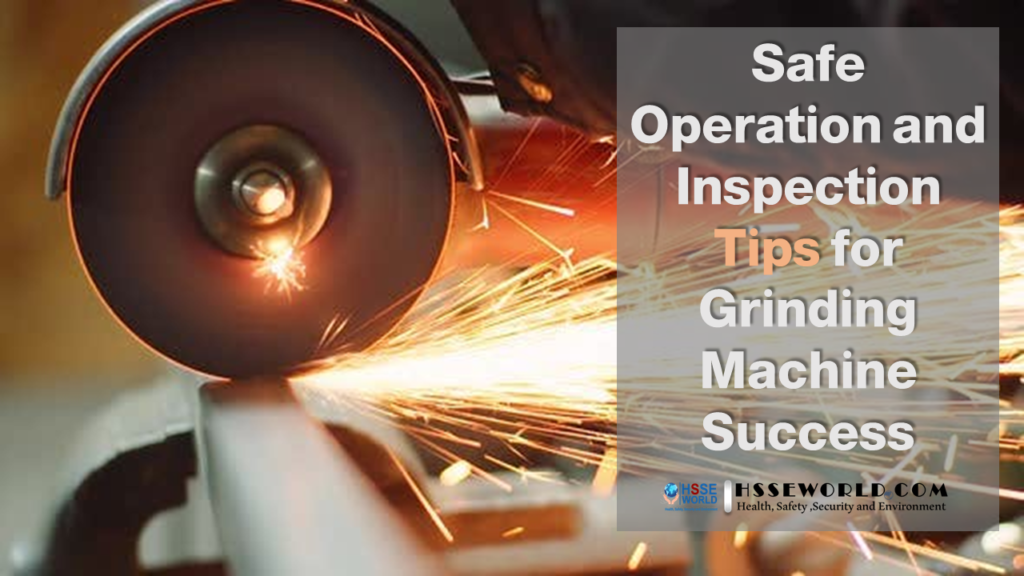
Safe Operation of Grinding Machines
1- Read the Manual
Before using a grinding machine, it is important to read the manual carefully. The manual will provide information on the proper use of the machine, including safety instructions, operating procedures, and maintenance requirements. It is important to follow these instructions carefully to avoid accidents and ensure the machine operates properly.
2- Wear Protective Equipment
Protective equipment is essential when operating a grinding machine. Safety glasses, gloves, and a face shield are necessary to protect against flying debris and particles. Additionally, earplugs or earmuffs can help to protect against noise-induced hearing loss.
Read E-Books: Firefighting Precautions at Facilities with Combustible Dust
3- Inspect the Machine
Before using a grinding machine, it is essential to inspect the machine for any damage or defects. Check the grinding wheel for cracks or chips, and make sure it is mounted properly. Ensure that the guards are in place and that the electrical connections are secure. If any damage or defects are detected, do not use the machine until it has been repaired.
4- Use the Correct Grinding Wheel
Using the correct grinding wheel is essential for safe operation. The grinding wheel should be compatible with the machine and the material being ground. Using the wrong grinding wheel can result in accidents, such as the wheel shattering or exploding.
5- Secure the Workpiece
Make sure the workpiece is securely clamped or held in place before starting the grinding process. This will help to prevent the workpiece from moving or being thrown from the machine.
6- Start the Machine Safely
When starting the machine, make sure that the grinding wheel is clear of the workpiece. Start the machine and wait for it to reach full speed before beginning the grinding process. This will help to ensure that the machine is operating properly and that the grinding wheel is stable.
7- Maintain a Safe Distance from the Machine
Maintain a safe distance from the machine while it is in operation. Stand to the side of the machine and avoid standing directly in front of the grinding wheel. This will help to protect against flying debris and particles.
Inspection of Grinding Machines

Inspecting a grinder machine is an important part of ensuring safe operation and preventing accidents. There are many components of the machine that should be inspected regularly. These include:
Inspect the Grinding Wheel
inspecting the grinding wheel is an important step in maintaining a grinding machine and ensuring safe operation. The following are the steps to inspect a grinding wheel:

- Turn off the machine and unplug it from the power source. Lock out the machine to prevent accidental startup while inspecting the grinding wheel.
- Remove the grinding wheel from the machine and inspect it for any signs of wear or damage. Check for any cracks, chips, or other deformities on the wheel surface. If there are any signs of wear or damage, the wheel should be replaced before using the machine.
- Check the grinding wheel for proper alignment. A misaligned wheel can cause uneven wear and poor-quality finishes. Place the grinding wheel on a flat surface and check for any wobbling or unevenness.
- Check the grinding wheel mounting flanges for any signs of wear or damage. The flanges should be flat, clean, and free of any burrs or nicks.
- Check the grinding wheel for proper balance. An unbalanced wheel can cause vibration and poor-quality finishes. Use a balancing stand or arbor to check the balance of the wheel.
- Storage and expiry are important considerations when it comes to grinding machines. Proper storage and handling can help to extend the life of the machine and ensure safe operation while monitoring the expiry of components such as grinding wheels can help to prevent accidents and maintain quality.
- Storage
- Grinding machines should be stored in a dry, clean, and well-ventilated area. They should be protected from exposure to moisture, dust, and other contaminants that can cause damage or deterioration of the machine components. When not in use, the machine should be covered or stored in a protective case to prevent damage.
- If a grinding machine is going to be stored for an extended period of time, it should be cleaned thoroughly before storage. This includes removing any debris or residue from the grinding wheel and workpiece and wiping down the machine to remove any dirt or dust. Any coolant or lubricant should also be drained from the machine to prevent contamination and degradation.
- Expiry
- Grinding wheels are a critical component of a grinding machine, and they have a limited lifespan. Over time, the abrasive particles on the surface of the wheel wear down, reducing the effectiveness of the wheel and increasing the risk of accidents. It is important to monitor the expiry of grinding wheels and replace them when they reach the end of their useful life.
- The expiry of a grinding wheel is typically indicated by a date code stamped on the wheel. This code indicates the month and year that the wheel was manufactured. The expiry date is typically 3 years from the date of manufacture, although this can vary depending on the manufacturer and the specific type of wheel.
- When using a grinding machine, it is important to inspect the grinding wheel before use to ensure that it is in good condition. Check the wheel for any cracks, chips, or other damage, and make sure that it is mounted properly on the machine. If any damage is detected, the wheel should be replaced before use.
- Ring testing is another method to inspect the grinding wheel for cracks or defects. Here are the steps to perform a ring test:
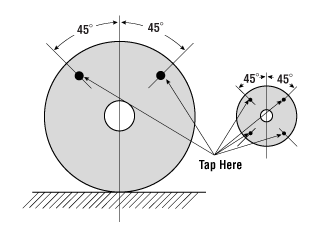
- Tap the grinding wheel lightly with a non-metallic object, such as a wooden dowel or plastic mallet. This will produce a clear ringing sound if the wheel is in good condition.
- If the wheel produces a dull thud or no sound at all, it may indicate a crack or defect. Inspect the wheel carefully for any signs of damage or wear.
- If the wheel has any cracks or defects, it should be replaced before using the machine.
By regularly inspecting the grinding wheel and performing a ring test, you can identify any problems before they become serious and ensure the safe and efficient operation of your grinding machine.
Also Read: Suspended Scaffold Pre-Operation Inspection Checklist
Selecting the correct Grinding Wheel
Using the correct grinding wheel is crucial for the safe and efficient operation of a grinding machine. Different types of grinding wheels are designed to work with specific materials and applications, and using the wrong type of wheel can result in accidents, damage to the machine, and poor-quality finishes.
There are several factors to consider when selecting a grinding wheel for a specific application:
- Material
The material being ground is the primary factor to consider when selecting a grinding wheel. Different materials require different types of wheels to achieve the desired finish. For example, grinding wheels designed for metal should not be used on plastics or ceramics, and vice versa.
- Hardness
The hardness of the material being ground is also an important factor to consider when selecting a grinding wheel. Harder materials require harder grinding wheels to effectively remove material and achieve the desired finish.
- Grain Size
The grain size of a grinding wheel refers to the size of the abrasive particles on the surface of the wheel. Coarse grains are ideal for rough grinding and removing large amounts of material, while fine grains are better for achieving a smooth finish.
- Wheel Shape
The shape of the grinding wheel should also be considered when selecting a wheel for a specific application. Different shapes are designed for different types of grinding, such as surface grinding, cylindrical grinding, or centerless grinding.
- Speed
The speed of the grinding wheel is also important to consider when selecting a wheel for a specific application. Different types of wheels are designed to work at different speeds, and using a wheel at the wrong speed can result in accidents or damage to the machine.
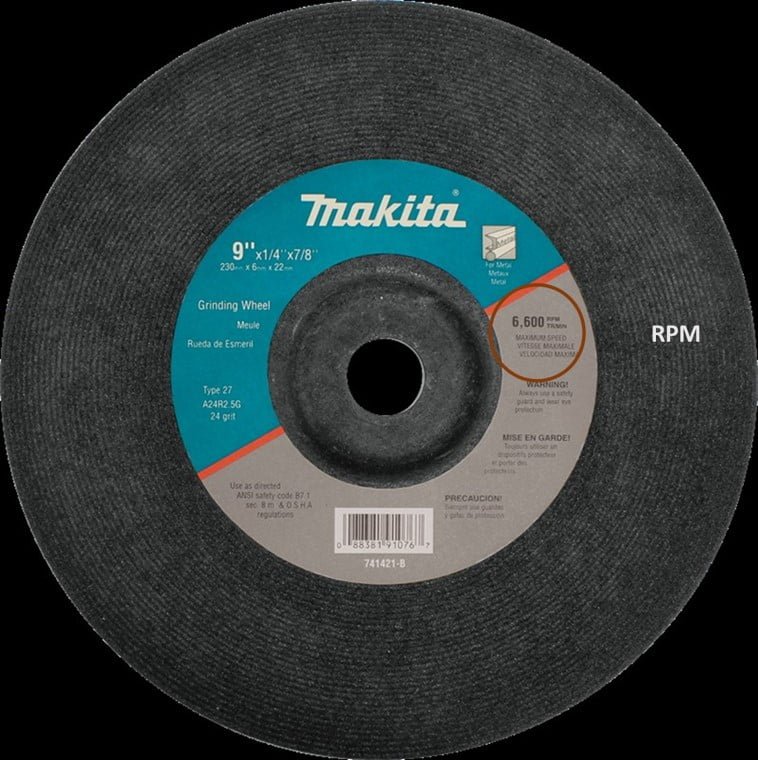
In addition to selecting the correct grinding wheel, it’s important to monitor the RPM of the machine during use. Modern grinding machines often have digital displays that show the RPM of the spindle or grinding wheel. If the RPM of the machine fluctuates significantly during use, it may indicate a problem with the machine or the grinding wheel.
RPM refers to the speed at which the grinding wheel rotates. The RPM of a grinding wheel is an important factor in achieving the desired finish on a workpiece.
Different types of grinding wheels are designed to work at different RPMs, depending on the material being ground, the grain size of the wheel, and the desired finish. Using a grinding wheel at the wrong RPM can result in poor-quality finishes, machine damage, or personal injury.
It’s important to select a grinding wheel that is designed to work at the RPM of the machine being used. This information can usually be found in the manufacturer’s guidelines or on the packaging of the grinding wheel. Before using a grinding wheel, it’s important to check the RPM of the machine and ensure that it matches the recommended RPM range for the grinding wheel.
By selecting the correct grinding wheel and monitoring the RPM of the machine, you can ensure the safe and efficient operation of the grinding machine and achieve the desired finish on the workpiece.
Check the Guards
The guards on a grinding machine are designed to protect against flying debris and particles. Regularly inspect the guards to ensure they are in place and functioning properly. Replace any guards that are damaged or missing.
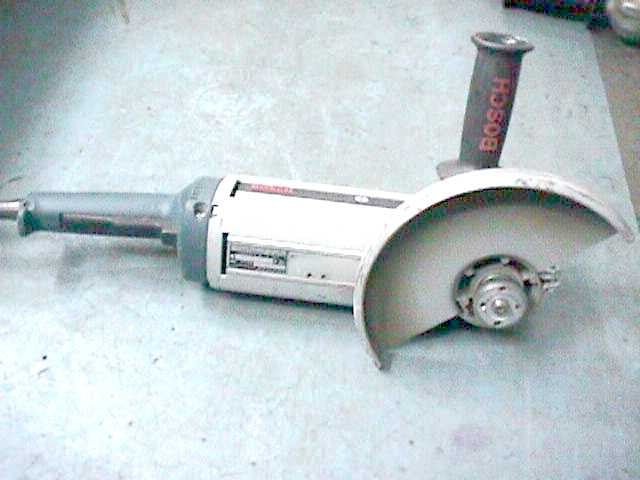
Inspect the Electrical Connections
Regularly inspect the electrical connections on the grinding machine to make sure they are secure and free from damage. Loose or damaged connections can result in electrical shock or fire.
Check the Workpiece Clamping
Regularly inspect the workpiece clamping mechanism to make sure it is functioning properly. The workpiece should be securely clamped or held in place to prevent movement during the grinding process.
Monitor the Noise Level
Excessive noise from a grinding machine can be a sign of a problem. Regularly monitor the noise level to make sure it is within acceptable limits. If the noise level is too high, inspect the machine for any defects or damage.
spindle and Bearings
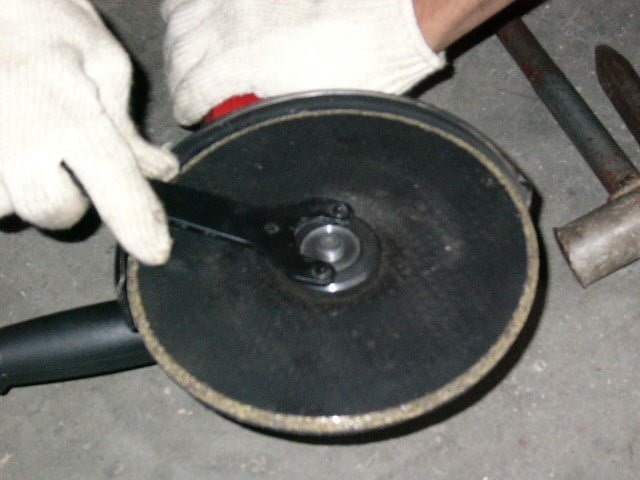
The spindle and bearings are critical components of a grinding machine. They are responsible for holding the grinding wheel in place and ensuring that it rotates smoothly. Regularly inspect the spindle and bearings for any signs of wear or damage, such as excessive play or noise. If any problems are detected, the spindle and bearings should be replaced.
Coolant System
Many grinding machines use coolant to keep the grinding wheel and workpiece cool during the grinding process. The coolant system should be inspected regularly to ensure that it is functioning properly. Check the coolant level and make sure there are no leaks in the system. Also, make sure that the coolant is flowing properly to the grinding wheel and workpiece.
Hydraulic System
Some grinding machines use hydraulic systems to control the movement of the grinding wheel and workpiece. The hydraulic system should be inspected regularly to ensure that it is functioning properly. Check the hydraulic fluid level and make sure there are no leaks in the system. Also, make sure that the hydraulic pressure is set to the correct level.
Electrical System
The electrical system of a grinding machine is responsible for controlling the motor and other components of the machine. The electrical system should be inspected regularly to ensure that it is functioning properly. Check the wiring for any signs of damage or wear, and make sure that all electrical connections are secure.
Machine Alignment
Proper machine alignment is critical for ensuring the accurate and safe operation of a grinding machine. Regularly inspect the machine to ensure that it is properly aligned. Check the leveling of the machine and make sure that all components are aligned properly.
In addition to these components, it is also important to inspect the machine for any signs of vibration or unusual noise. These can be signs of a problem with the machine that should be addressed immediately. By regularly inspecting all components of a grinding machine, you can help to ensure safe and efficient operation.


